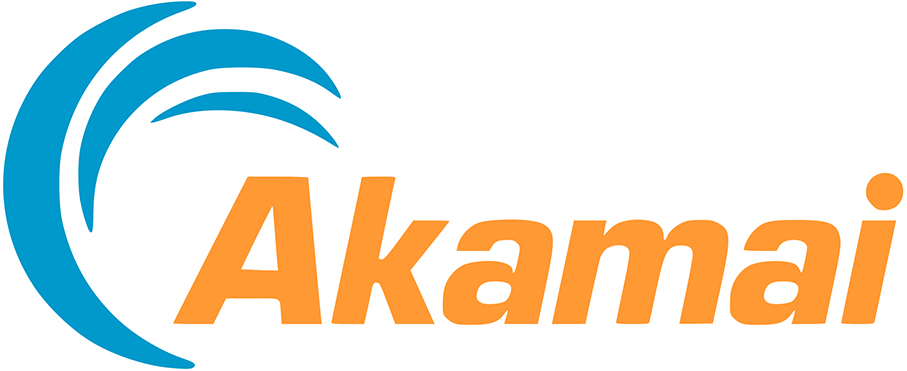Quality and Security: Two Steps to Digital Content Delivery Success
Martin Hellmer from Akamai explains the key elements required for delivering high-quality video content to an ever-growing global audience.

CC0 Creative Commons | pixabay.com
The days when content providers simply offered linear television services are over. OTT (or Over The Top) video – along with games, news and events – has seen huge growth in recent years and now makes up more than half of all consumer traffic on the Internet.
This presents a growing challenge for suppliers: how can they build a robust infrastructure that embodies the two guiding principles of content delivery – quality and safety? With expanding audiences wanting new content in ever-increasing volumes, providers need the ability to scale to an audience of any size. And it’s not just a volume issue. Users now demand a flawless online experience, and to be able to consume content how they want, when they want, where they want. To achieve this experience for their viewers, media companies need to optimize content, so that it’s fast, available, and secure.
Quality: No room for compromise
With audience expectations at an all-time high, ‘slow is the new down’. Research shows that a two-second delay in delivery causes significantly higher dropout rates, so content owners who want to retain their customers are realizing that they need to do more. However, the goalposts continue to move. The arrival of data-heavy formats such as 4K is putting pressure on delivery mechanisms that, in some cases, are already struggling with the transition to HD.
Live streamed events add another layer of complexity to OTT content delivery. Global sporting events can prompt millions of people around the world to attempt to stream a contest. Ensuring the network is able to withstand this huge influx, while keeping image quality high, is critical to a provider’s success. There’s only one opportunity to get this sort of thing right and failure to meet viewers’ expectations damages the broadcaster’s brand and can have a significant impact on advertising revenue.
Media brands must find a distributed and scalable network, so that delivery can be optimized and the best quality video delivered on any device. With a highly-distributed network, any incidents or buffering can be minimized.
Security: A prerequisite for quality
International media brands are increasingly the target of DDoS (Distributed Denial-of-Service) and bot attacks, which can impair web performance, lead to credential theft, or take the services completely offline.
Great content is only an asset to a broadcaster if their audience can actually watch it. If the site is taken down by a cyber attack, then it is essentially useless.
This type of attack is becoming increasingly prevalent in the online gaming industry. Akamai’s Q2 2017 State of the Internet Security Report found that gaming firms were the target of eight out of 10 (81%) of the DDoS attacks that were attempted. One particular customer of Akamai’s was attacked 558 times in the quarter, which is six times each and every day.
It’s no secret that attacks are on the rise, with Q2 2017 figures showing an increase in the volume of attacks of 28%, meaning that businesses are witnessing larger, more refined, and more frequent attacks than in the past. A prepared and coordinated response is required. Providers must be aware of their responsibilities, and ensure they have the means to meet all new safety requirements.

Source: Akamai
Superior content delivery
Broadcasters wanting to provide the high-quality, secure experience that consumers demand, need a stable and sophisticated content delivery infrastructure that serves safe and uninterrupted online media content and empowers them to generate more revenue from their audiences.
Akamai’s cloud-based content delivery network (CDN) platform was developed for the safe distribution and acceleration of web content, enterprise applications, and videos. It consists of software which is located on over 240,000 servers in more than 1,600 networks, spanning 130 countries, which in effect completely maps the Internet. Through this, our Intelligent Platform can gather comprehensive data on network conditions, and optimize it at the device level to identify and block security threats. As a superior CDN platform, it delivers the performance, reliability, cost, and security that online media providers require.
The biggest quality problems that many broadcasters face can be addressed simply with better encoding preparation. It is imperative that video is optimized within the workflow, to enable us to deliver a broadcast-quality experience on any device. Whereas traditional television broadcasters only have to optimize for television viewing, OTT broadcasters need to optimize for everything from a wide screen TV to a smartphone screen. Both linear streams and on-demand content must be extremely reliable and error-free to provide the best experience possible to the viewer, but for on-demand services, this must be done at speed. Every day offline will cost them money. Akamai has simplified the workflow on its CDN platform to enable high-quality, fault-tolerant streaming on multiple devices and in multiple locations.
The quality and safety of streamed content doesn’t always come easy, which is why many broadcasters turn to CDN providers to help them meet their needs. For media providers who want to fully focus on their core business, and not on their own hardware and software infrastructure, the support of a CDN provider makes sense. As the largest CDN provider worldwide, Akamai provides content reliably, safely, and quickly, anywhere in the world and on any device. As we move into 2018, quality and security will be the recipe for success.
Joining Akamai two years ago as a Regional Sales Manager with over a decade of experience working across Europe, Middle East, and Africa, Martin Hellmer now leads the Central European media sales team, where he covers strategy and business planning for the region.
Passionate about how technological developments in the OTT space are bringing new business models into play and changing how the world watches TV and online video content, Martin previously founded his own CDN and online video platform. This formed the basis of a company he went on to sell in 2009. As part of the merger, Martin joined the new company’s board as Managing Director. He focused on international expansion and strategically developed security and encryption technology for content delivery in the music and OTT industry.
Please note: The opinions expressed in Industry Insights published by dotmagazine are the author’s own and do not reflect the view of the publisher, eco – Association of the Internet Industry.





